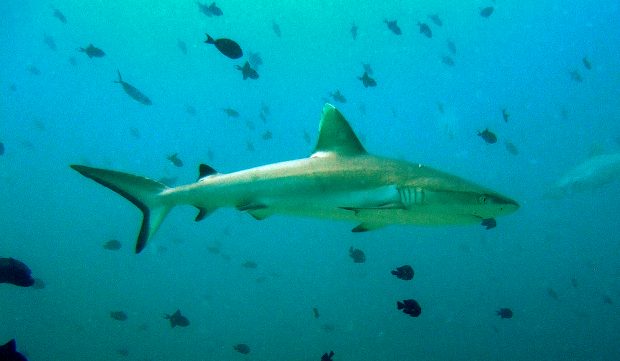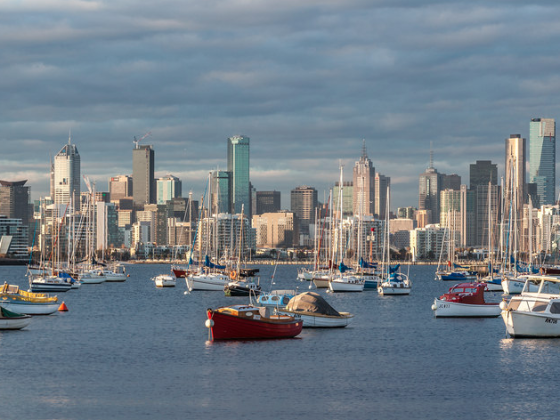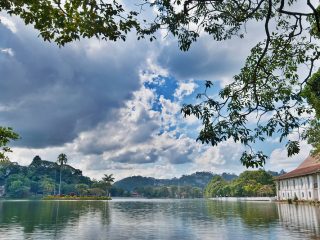If you ever thought the Maldives is all about sun-kissed beaches and radiant skies, you will be in for a treat. The stunning archipelago is home to a host of marine life waiting to be discovered during an expedition underwater. Here is a simple guide on all the marine creatures you can encounter in Maldivian waters.

Sharks
The Maldives is home to at least 25 species of sharks and the most common ones include whale sharks, the black-tip, white-tip and grey reef sharks. Out of these types, whale sharks are spotted all year round in the archipelago with most sightings from May to September coming from the Western side. Interestingly, whale sharks are also considered the largest fish in the ocean carrying a lifespan of about 150 years.
Spinner Dolphins
The spinner dolphins in the Maldives are favourites among tourists from around the world. This popular marine mammal is also known for its unique ability to soar out of the water and spin mid-air. Whilst one cannot attribute a specific reason for this eccentric behaviour, it is often conjectured that spinning in mid-air helps spinner dolphins get rid of parasites and signal others in their social group.
Rays
Rays are one of the most passive creatures found in Maldivian waters. Some of the most common types of rays sheltered by the archipelago include manta rays, eagle rays and stingrays. Considered a popular companion among both expert and amateur divers visiting the Maldives. Resort rooms and suites at spectacular oceanfront accommodation spots like Hard Rock Hotel Maldives will give you easy access to explore these exotic creatures firsthand.
Turtles
One of the most captivating species to be spotted in the underwater world of Maldives is definitely the turtle. Interestingly, sea turtles ingest large quantities of salt due to their marine lifestyle and are usually seen removing the excess salt off their bodies by crying out. One of the smallest sea turtle species is known to be the Olive Ridley sea turtle whereas the Leatherback sea turtle is considered the largest with a size twice as large as the Olive Ridley sea turtle.











